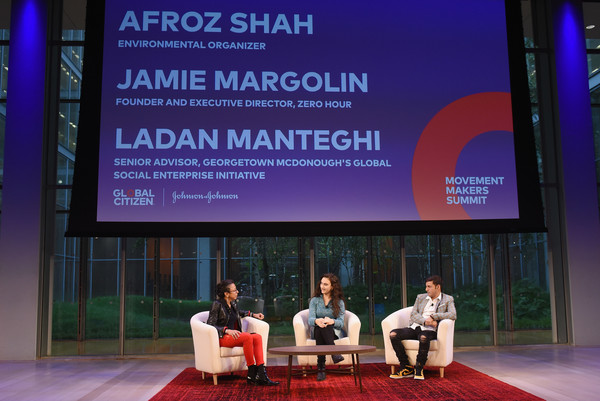Nov 01
20231
United Nations, Whiteness & Aversive Racism
Genocide international human rights law OHCHR Palestine United Nations
NY Office Director of UN High Commissioner for Human Rights Resigns – This Is His Resignation Letter
October 31, 2023
“This is a text-book case of genocide. The European, ethno-nationalist, settler colonial project in Palestine has entered its final phase, toward the expedited destruction of the last remnants of indigenous Palestinian life in Palestine.”
Director in the New York Office of the UN High Commissioner for Human Rights Craig Mokhiber. (Photo courtesy. unwatch.org/)
Craig Mokhiber is a Director in the New York Office of the High Commissioner for Human Rights (OHCHR). A lawyer and specialist in international human rights law, policy and methodology, he has served the UN since 1992. As chief of the Human Rights and Development Team in the 1990s, he led the development of OHCHR’s original work on human rights-based approaches to development and human rights-sensitive definitions of poverty. He has also served as the UN’s Senior Human Rights Advisor in both Palestine and in Afghanistan, led the team of human rights specialists attached to the High Level Mission on Darfur, headed the Rule of Law and Democracy Unit, and served as Chief of the Economic and Social Issues Section, and Chief of the Development and Economic and Social Issues Branch at OHCHR Headquarters. [Source: United Nations]























!["The share of ICT of global electricity usage: 2015 to 2025 with and without high global energy efficiency gains" [p. 18, Andrae, Anders, 2017/10/05, Total Consumer Power Consumption Forecast]](https://i0.wp.com/www.wrongkindofgreen.org/wp-content/uploads/2020/11/2017-Andrae-CT-of-Global-Share.png?resize=690%2C617&ssl=1)
![Figure 8. "Share of communication technology of global electricity usage 2010–2030 As shown in Figure 8 [], the share of CT Sectors, depending on scenario, in 2010 is 8%–14%, in 2020 6%–21% and in 2030 8%–51%, respectively.' [p. 22, Andrae, A.S.G.; Edler, T. On Global Electricity Usage of Communication Technology: Trends to 2030. Challenges 2015, 6, 117-157.]](https://i0.wp.com/www.wrongkindofgreen.org/wp-content/uploads/2020/11/Andrae-Global-Share-51-Percent.png?resize=690%2C604&ssl=1)
![[p. 21, The share of different sections of ICT of global electricity use in 2015 and 2025, Andrae, Anders, 2017/10/05, Total Consumer Power Consumption Forecast]](https://i0.wp.com/www.wrongkindofgreen.org/wp-content/uploads/2020/11/Andrae-ICT-Global-Electricity-Best-Case-2025.png?resize=690%2C445&ssl=1)








































































































































































































































































































